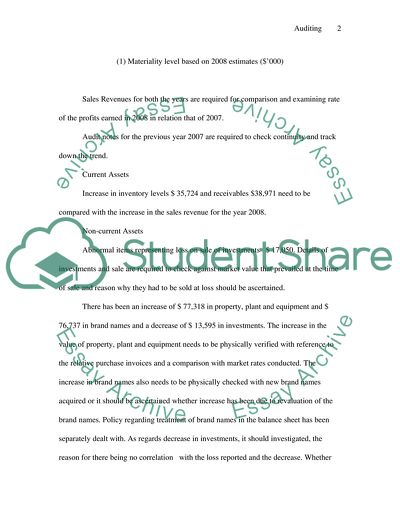Cite this document
(“The Audit of the Multinational Listed Company ABC Ltd Essay - 1”, n.d.)
The Audit of the Multinational Listed Company ABC Ltd Essay - 1. Retrieved from https://studentshare.org/marketing/1548536-auditing-case-study
The Audit of the Multinational Listed Company ABC Ltd Essay - 1. Retrieved from https://studentshare.org/marketing/1548536-auditing-case-study
(The Audit of the Multinational Listed Company ABC Ltd Essay - 1)
The Audit of the Multinational Listed Company ABC Ltd Essay - 1. https://studentshare.org/marketing/1548536-auditing-case-study.
The Audit of the Multinational Listed Company ABC Ltd Essay - 1. https://studentshare.org/marketing/1548536-auditing-case-study.
“The Audit of the Multinational Listed Company ABC Ltd Essay - 1”, n.d. https://studentshare.org/marketing/1548536-auditing-case-study.


